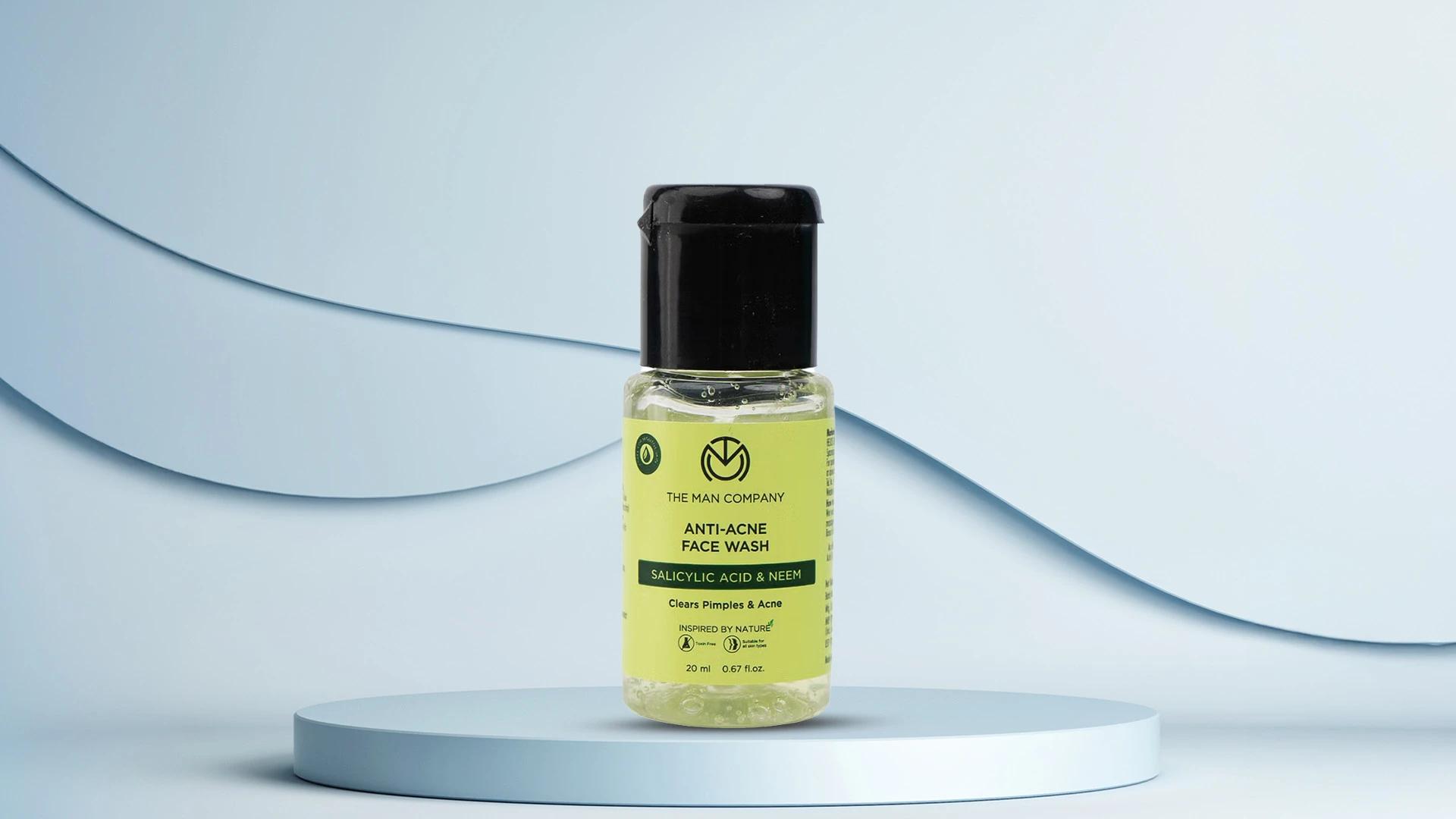Advanced Tips for Acne-Prone Skin
Ready to level up your routine? Double cleansing can be a game-changer, especially if you wear makeup or sunscreen daily. Start with an oil-based cleanser, then follow with your regular acne face wash.
Weekly clay masks can help with deep pore cleansing, but don't overdo it. Your pillowcase collects oil and bacteria, so change it regularly—or try sleeping on a fresh towel each night.
Consistency beats perfection every time. It's better to do a simple routine religiously than a complex one sporadically.
Frequently Asked Questions
How often should I use an acne face wash?
Twice daily is the sweet spot for most people—morning and evening. If you have very dry or sensitive skin, once daily might be enough. Listen to your skin and adjust accordingly.
Can I use an acne face wash if I have sensitive skin?
Absolutely! Look for gentle formulations with lower concentrations of active ingredients. Start slowly and build up your tolerance. Products with natural ingredients like aloe vera can be particularly soothing.
Are expensive acne face washes more effective than drugstore options?
Not necessarily. The key is finding the right ingredients for your skin type, not the price tag. Many affordable options contain the same active ingredients as pricier ones. It's about what works for your specific skin needs.
Should I use different face washes for day and night?
You can, but it's not essential. Some people prefer a gentler cleanser in the morning and a treatment cleanser at night. If your current routine is working, there's no need to complicate things.
Final Thoughts
Mastering your acne face wash routine isn't rocket science, but it does require patience and consistency. The right routine can transform your skin, but remember that everyone's journey is different. What works for your friend might not work for you, and that's completely normal.
Be kind to your skin and give products time to work. If you're dealing with persistent or severe acne, don't hesitate to consult a dermatologist. They can provide personalised advice and treatments that might be exactly what your skin needs.
Remember, clear skin is a marathon, not a sprint. Stick with your routine, be patient with the process, and celebrate the small wins along the way. You've got this!

 100 ml
100 ml